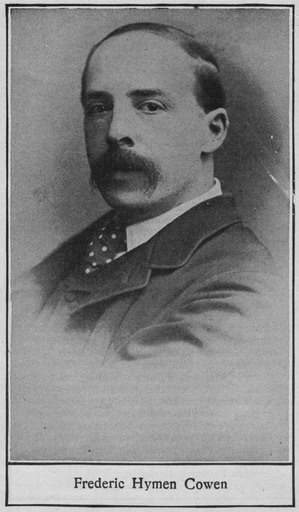
We wonder whether any one still enjoys Cowen and his symphonies. At one time he was the Englishman most respected for his production. There is number 1 in C minor, number 2 in F, number 3 in C minor, number 4 in B flat minor, and number 5 in F. The third in fact is thought by some to be his best and most finished work, remarkable for inter alia its scholarly treatment. Perhaps the Rattle man might do it, or that Scotchman, MacMillan - yes? Then there is his opera Pauline, it too once a favourite in England. When was it last put on? Could it be done to-day?

Comment